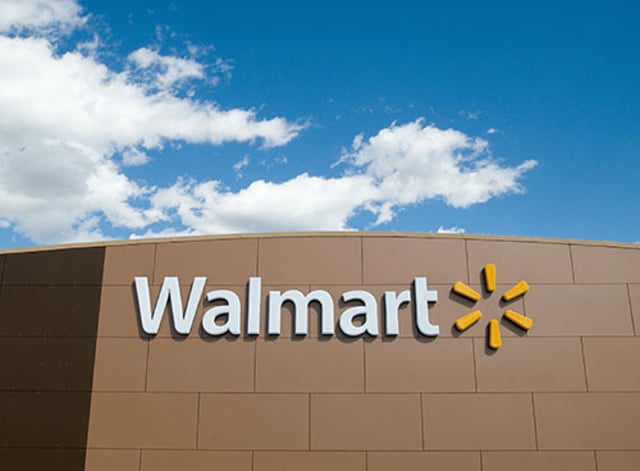Walmart has most loyal customers in the U.S., followed by Fred Meyer, Meijer and Target
Big-box stores dominate in the race for customer loyalty.
Walmart has the most loyal customers in the United States, with a loyalty score of 3.22 according to a report from InMarket that identified the top 10 retailers in the second quarter of 2021 based on their customer loyalty (average return visits per customer). Walmart had a loyalty score of 3.22, followed by Fred Meyer (2.62), Meijer (2.58), Target (2.14) and Lowe’s (2.04.)
Rounding out the top 10 were The Home Depot (2.03), Costco Wholesale (1.93), Dollar General (1.92), Sam’s Club (1.88) and Nordstrom (1.33). The average score for all retailers was 1.33.
The retailers with below-average loyalty scores included Ralph Lauren and Calvin Klein (both at 1.05); Saks Off 5th and Hanes Brands (both at 1.08); Bass Pro Shops, OshKosh and Cotton:On, all at 1.10); The Icing (1.11); and Janie and Jack (1.12).
Here are some insights from InMarket on the top-scoring and low-scoring companies.
• Fred Meyer, a division of Kroger, leapt above other retailers to second place, likely due to its efforts to incentivize consumers to get vaccinated at its locations by offering a $1 million dollar prize to five winners as well as free groceries for a year.
• Lowe’s and The Home Depot rode the wave of home improvement spending and saw higher than average repeat visits as both chains each spent more than $1 billion to upgrade their tech, expand fulfillment networks, mature their supply chains, and further develop omnichannel offerings saw curbside pickup and delivery to attract more repeat consumers. In their respective first quarters, Lowe’s saw a 25.9% increase in consolidated comparable sales, and The Home Depot reported a 31.0% increase in comparable sales.
• Costco and Sam’s Club impressively increased memberships, which is an attractive reason to visit more frequently. Costco’s membership fee income increased 10.6% to $901 million, and with it, total sales grew 21.7% and same-store sales increased 13.8%.
Sam’s Club also made changes to stay competitive with Costco. Sam’s Club—which saw “triple digit growth” in curbside orders, an 8.7% YOY increase in comparable sales, and a 12.9% increase in membership income (the strongest growth in 6 months)—added 200 national brands, improved its contactless tech advancements like Scan & Go, and remodeled 56 stores.
• Bass Pro Shops may have seen a decrease in visits as it opted to return online orders directly through shipping carriers rather than through stores. Additionally, with refund requests increasing more than 20%, Bass Pro Shops may have missed an opportunity to capture “impulse buy” consumers who could have visited in-store to return items.
• Outlet-centric retailers such as Jockey, Saks Fifth Avenue Off 5th, and Hanesbrands have fallen out of favor among shoppers. While their prices are enticing, these retailers are often found outside of bustling cities.


